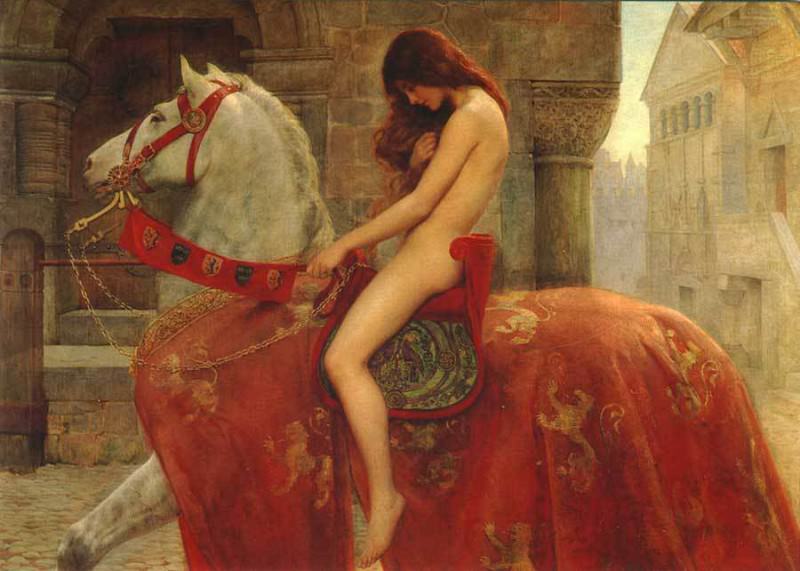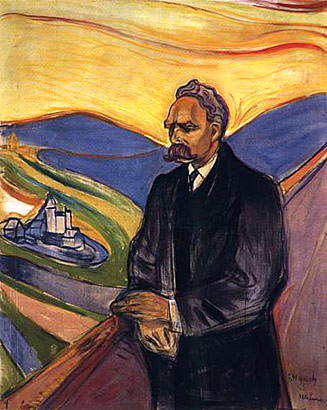The Revolutionary Vision of Gustave Courbet: A Journey Through His Art
Gustave Courbet, a pioneer of the Realist movement, is often credited with changing the trajectory of 19th-century art. His works, bold in both content and technique, challenged the established norms of his time and laid the groundwork for future movements such as Impressionism and Modernism. Courbet’s art is a reflection of his strong political beliefs, his rejection of academic traditions, and his deep connection to the natural world. His ability to capture the essence of everyday life with unprecedented realism made him one of the most influential artists of his era.
Early Life and Artistic Development
Born in 1819 in Ornans, France, Courbet grew up surrounded by the rural landscapes that would later feature prominently in his work. His early exposure to the countryside and its inhabitants deeply influenced his artistic vision. Courbet moved to Paris in 1839 to study law, but his passion for painting soon took precedence. He began studying art at the studios of Charles de Steuben and Nicolas-Auguste Hesse, although he quickly became disillusioned with academic training and preferred to learn by copying the Old Masters in the Louvre.
Courbet's early works were influenced by the Romanticism that dominated French art at the time. However, he gradually moved away from the idealized depictions favored by Romantics, seeking instead to portray the world as he saw it. This shift in focus marked the beginning of his development into a realist artist, intent on depicting the ordinary and the real.
The Birth of Realism
Courbet’s break with Romanticism became most evident with the creation of his masterpiece, A Burial at Ornans (1849-1850). This monumental painting, measuring over ten feet tall and twenty feet wide, depicted a provincial funeral in his hometown of Ornans. Rather than romanticizing the scene, Courbet presented it with an unflinching realism that was unprecedented in French art. The figures in the painting, many of whom were based on real people, were portrayed with an honest, almost brutal, attention to detail. The stark, earthy palette and the raw emotion of the mourners contrasted sharply with the idealized, ethereal subjects favored by Courbet's contemporaries.
The reception of A Burial at Ornans was mixed. While some praised Courbet for his boldness and originality, others criticized him for what they saw as a vulgar subject unworthy of a large-scale painting. However, Courbet was undeterred. He continued to explore the themes of everyday life, rural labor, and social issues in his work, solidifying his position as the leader of the Realist movement.
Courbet’s Major Works and Themes
Courbet’s oeuvre is vast and varied, encompassing landscapes, portraits, still lifes, and scenes of everyday life. Among his most famous works is The Stone Breakers (1849), a powerful depiction of two laborers breaking stones by the roadside. This painting is often cited as the epitome of Courbet’s Realism, as it presents the harsh realities of manual labor with a directness that was both innovative and provocative. The figures are rendered with a rough, almost sculptural quality, emphasizing their physicality and the arduous nature of their work. Courbet’s use of a muted, earthy color palette further reinforces the gritty realism of the scene.
Another significant work is The Origin of the World (1866), a daring and controversial painting that remains one of Courbet’s most discussed pieces. The painting, which depicts the female genitalia in a stark and unapologetic manner, was considered scandalous at the time and was kept hidden for many years. Today, it is recognized as a groundbreaking work that challenges traditional notions of beauty and the representation of the female body in art.
Courbet also produced numerous landscapes, often depicting the rugged terrain of his native Franche-Comté region. These works, such as The Wave (1869) and The Cliff at Étretat after the Storm (1870), showcase his ability to capture the raw power and beauty of nature. His landscapes are characterized by their dynamic compositions, bold use of color, and a palpable sense of atmosphere. Courbet’s love of nature is evident in these works, which often convey a deep sense of connection to the land.
Political Engagement and Exile
Courbet’s art was closely intertwined with his political beliefs. He was an ardent supporter of the 1848 Revolution and later became involved in the Paris Commune of 1871. His political activism often found expression in his art, as seen in works like The Peasants of Flagey Returning from the Fair (1850), which depicts a group of rural workers in a manner that emphasizes their dignity and resilience.
Courbet’s involvement in the Commune eventually led to his downfall. He was held responsible for the destruction of the Vendôme Column, a symbol of the Napoleonic Empire, and was fined heavily. Unable to pay the fine, Courbet fled to Switzerland, where he spent the last years of his life in exile. Despite his financial and legal troubles, Courbet continued to paint, producing a series of melancholic landscapes that reflect his sense of isolation and loss.
Legacy and Influence
Gustave Courbet’s impact on the art world cannot be overstated. His commitment to portraying reality with honesty and integrity paved the way for future generations of artists. The Realist movement that he spearheaded served as a precursor to Impressionism, which further explored the depiction of everyday life and the effects of light and color.
Courbet’s influence can be seen in the works of artists like Édouard Manet, who is often regarded as the bridge between Realism and Impressionism. Manet’s depictions of modern life, with their unflinching realism and innovative compositions, owe much to Courbet’s pioneering work. Additionally, Courbet’s emphasis on the materiality of paint and the physicality of the canvas had a profound impact on the development of modern art, inspiring movements such as Abstract Expressionism.
In the 20th century, Courbet’s legacy was further solidified by the rise of social realism, a movement that sought to address social and political issues through art. Artists like Diego Rivera and George Bellows, who used their work to highlight the struggles of the working class, can trace their artistic lineage back to Courbet’s commitment to portraying the realities of life.
Conclusion: Gustave Courbet's Enduring Vision
Gustave Courbet’s art remains as powerful and relevant today as it was in the 19th century. His dedication to realism, his willingness to challenge convention, and his deep connection to the world around him have made him one of the most important figures in the history of art. Courbet’s works continue to inspire and provoke, reminding us of the power of art to reflect and shape our understanding of reality. Through his paintings, Courbet invites us to see the world with fresh eyes, to appreciate the beauty in the ordinary, and to recognize the dignity of all people, regardless of their social standing. His legacy endures not only in the art that he created but also in the countless artists who have followed in his footsteps, seeking to capture the truth of their own time.




